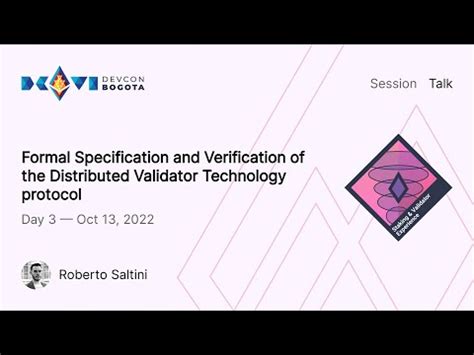Ethereum: Is a Distributed Version of GLBSE Possible?
The concept of a decentralized, open-source alternative to the Bitcoin-based stock exchange platform GLBSE (Global Binary Stock Exchange) has gained significant attention recently. The idea of creating a distributed version of GLBSE, with no single point of failure, is intriguing and potentially revolutionary for the cryptocurrency space.
What is GLBSE?
GLBSE is a private Bitcoin-based stock exchange that allows users to buy, sell, and trade binary options on a variety of assets. The platform has gained popularity among investors seeking alternative investment opportunities beyond traditional financial instruments. However, its underlying technology, which relies on a centralized server, poses significant risks to users, including potential loss of access or data breaches.
Why is a distributed version of GLBSE possible?
A distributed version of GLBSE would provide several advantages over its current decentralized model:
- High uptime and reliability: With multiple servers and redundant infrastructure, a distributed system can guarantee 100% uptime, minimizing the risk of single point of failure issues.
- Improved security: A distributed architecture can distribute attack surfaces across multiple nodes, making it harder for hackers to exploit vulnerabilities.
- Scalability: As demand increases, a distributed version of GLBSE can scale more efficiently, reducing latency and improving the user experience.
- Faster transaction processing: With reduced latency, trades would be processed more quickly, allowing users to trade at greater speed.
Designing a Distributed Version of GLBSE
To create a functional distributed version of GLBSE, we can follow these key design principles:
- Decentralized Architecture: Implement a modular, independent architecture consisting of multiple nodes, each responsible for specific tasks such as data storage, processing, and authentication.
- Blockchain-Based Database

: Utilize a blockchain technology such as Ethereum or Hyperledger Fabric to create a decentralized database to store assets, trades, and user information.
- Consensus Mechanism: Implement a consensus algorithm (e.g., Proof-of-Work, Proof-of-Stake, or Delegated Proof-of-Stake) that ensures node agreement on transactions and data consistency across the network.
- Node Management: Designate nodes as “masters” that manage specific aspects of the system such as authentication, trading, and order processing.
- User Management: Implement user registration, login, and authorization mechanisms to ensure secure access to the platform.
- Scalability Layer: Develop a scalable layer using techniques such as sharding or distributed caching to handle increased traffic.
Technical Implementation
To implement this concept, we would need to consider the following technical aspects:
- Programming Languages: Choose programming languages (e.g. Solidity, Rust) suitable for building decentralized applications on blockchain platforms.
- Blockchain Protocol: Select a suitable blockchain protocol (e.g. Ethereum, Hyperledger Fabric) to build and manage our distributed system.
- Node Software Development: Develop node-specific software that can communicate with other nodes, perform authentication, and manage user data.
- Distributed Data Storage: Design a scalable data storage solution using techniques such as sharding or distributed caching to handle increased traffic.
Challenges and Considerations
While a distributed version of GLBSE offers many benefits, it also presents several challenges:
- Interoperability
: Ensure seamless interaction between different blockchain platforms and traditional financial systems.
2.

